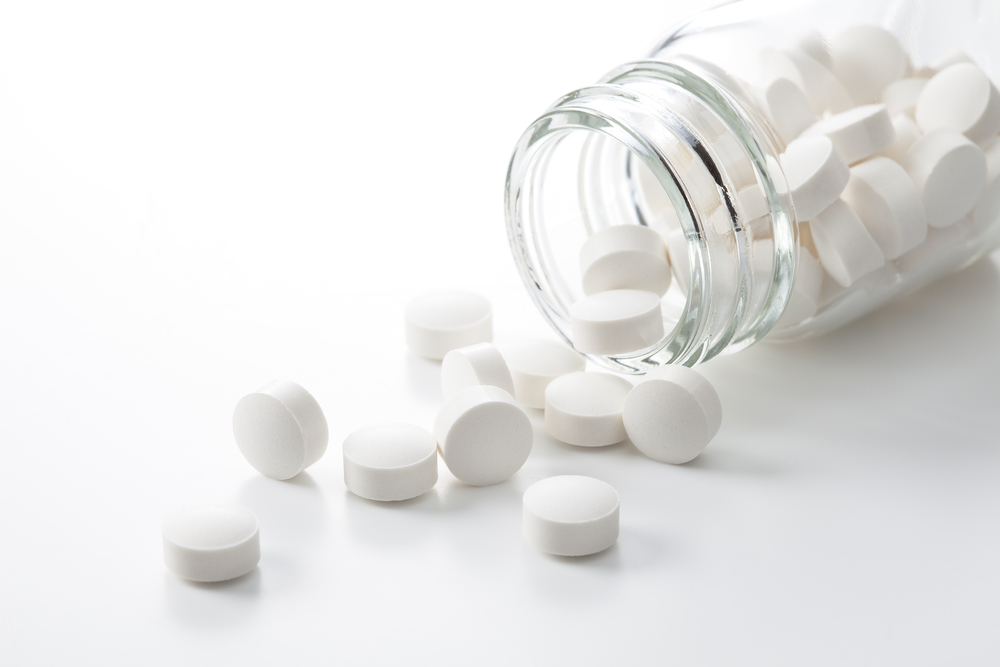Transitioning from methadone to suboxone can be a complex process, but there are ways to make it easier on yourself. However, an important thing to consider is the difference between methadone and suboxone because that may help in deciding which path to take.
As always, the essential first step is to consult with a medical professional to get the most accurate and up-to-date information possible.
What is Methadone?
Methadone is a full opioid agonist, which means that it activates the mu receptors in our brains to produce feelings of euphoria. It is a synthetic opioid primarily used for treating opioid use disorder and will help with withdrawal symptoms.
Methadone works by binding to the same receptors in the brain as other opioids, but it produces a much weaker effect. This can be helpful for people who are trying to quit opioids because it can help to reduce withdrawal symptoms and cravings. However, methadone can be addictive and cause side effects such as drowsiness, constipation, and dizziness.
Methadone is typically taken once a day and can be given in different forms, including orally, intravenously, or as a skin patch.
Methadone Side Effects
Methadone is a potent narcotic medication that can be habit-forming and has a high potential for abuse and overdose.
Common side effects of methadone include:
- Drowsiness
- Nausea and vomiting
- Constipation
- Sweating
- Headache
- Dizziness
- Weakness or fatigue
Transitioning from methadone to suboxone may help to reduce some of these side effects.
What is Suboxone?
Suboxone is also a medication that is used to treat opioid addiction. It is a combination of buprenorphine and naloxone, which are two different medications. Buprenorphine helps to reduce cravings for opioids, while naloxone blocks the effects of other opioids. Suboxone can be taken as a pill or dissolved under the tongue.
The purpose of naloxone in the suboxone is to act as a deterrent. The intent is to avoid diversion and misuse. When suboxone is taken appropriately, the naloxone has no effect. If the suboxone were injected (attempted abuse), the naloxone would cause precipitated withdrawal.
Suboxone is a partial opioid agonist, which means that it only partially activates the mu receptors. Suboxone is also less likely to cause side effects than methadone and has a lower risk of overdose.
Suboxone can cause withdrawal symptoms in some people, so it is essential to be monitored closely by a medical professional. It is also vital to take suboxone as directed by your doctor and to avoid taking it suddenly, as this can also cause withdrawal symptoms.
What is the Difference Between Methadone and Suboxone?
Methadone and suboxone are both opioids, which means they’re derived from the opium poppy. They’re also both used to treat addiction and dependence on other opioids. The main difference between methadone and suboxone is that methadone is a full opioid agonist while suboxone is a partial opioid agonist.
This means that methadone binds to the same receptors in the brain as other opioids and produces similar effects. Suboxone, on the other hand, activates these same receptors to a much lesser degree than methadone. While suboxone can still have some of the same effects as other opioids, it’s much weaker.
This also leads to methadone being more likely to be abused than suboxone. Methadone is sometimes used as a recreational drug because of the high that it can create. Suboxone, on the other hand, is not as likely to be abused because it does not produce the same high.
Quality of life and convenience also play a factor. Methadone requires daily visits to the clinic so it can be administered and consumed in front of facility staff. In comparison, suboxone can be picked up from the pharmacy and taken at home, at your convenience. Suboxone only requires one clinic visit every four weeks.
When transitioning from methadone to suboxone, the difference between the two is essential because your individual needs will help determine the best treatment for you.
Transitioning from Methadone to Suboxone
There are a few things to remember when transitioning from methadone to suboxone, such as that suboxone is a much weaker opioid than methadone. This means it is important to taper off methadone before starting suboxone slowly; otherwise, there may be withdrawal symptoms.
Withdrawal symptoms can be uncomfortable and even dangerous, so it is vital to make sure that the transition is done slowly and under the care of a medical professional.
Transitioning from methadone to suboxone can be a challenge, but it is ideal to do so if efficacy, safety, and quality of life are essential to you. Here are a few things that you can do to make the transition easier:
- Talk to your medical professional about your options and what they recommend for you. They have first-hand knowledge of your individual case and can help advise you on the best course of action.
- Join a support group or online community. Many people are on the same path as you. Talking to others who understand what you’re going through can be helpful.
- Seek professional counseling. A counselor can provide you with support and guidance during this difficult time.
- Make sure to take your medication as prescribed by your doctor. This is important to avoid withdrawal symptoms and ensure a successful transition.
- Have a plan in place before you stop taking methadone. This will help to minimize any withdrawal symptoms that you may experience.
- Taper off methadone slowly, take things slowly at first, and don’t try to do too much too soon.
- Make sure you are mentally and emotionally prepared for the change.
- Be prepared for withdrawal symptoms and have a plan to deal with them.
- Ask for support from friends and family.
Transitioning from Methadone to Suboxone: Who Can Help?
We offer addiction recovery services at Renew Health rooted in compassion and care. We understand how difficult it is to break free from addiction, which is why we’re here to help you every step of the way
We know it can be difficult and daunting to transition from methadone to suboxone. However, our experienced and certified professionals are here to help you make this transition as smooth and seamless as possible. You do not have to take our word for it; our previous clients have given us glowing testimonials after using our addiction recovery services.
We offer various services to help those transitioning from methadone to suboxone. We understand that following the rigid guidelines you find with other addiction recovery programs is difficult. We offer:
- Individualized care plans
- Direct access to a care provider
- Outpatient services
- Walk-in appointments
- No waitlist for treatment
- Virtual consultation and counseling
If you or someone you know is battling with addiction or struggling with transitioning from methadone to suboxone, please reach out to us for help by phone at (575) 363-3189, by email at
info@renew-health-addiction-recovery-services.websitepro.hosting, or book an appointment online.
Take the first step, and we’ll be here to help you along the way.

